Text
My beef with the premise behind "The Purge" is that it's not laws stopping people from killing each other in the streets - it's kinda just the default human experience to not want to hurt anyone. We succeeded as a species because we're generally decent at getting along with each other. The average, well-adjusted human has no desire to inflict undeserved harm.
We do, however, hate rules, so we'd probably still get a little wild in less harmful ways.
No "none," you're a hardened criminal now. Please feel free to share more details of your heinous (victimless) acts in comments or tags 😎
21K notes
·
View notes
Text
Genuinely 90% of historical fiction would be so much better if more writers could get more comfortable with the fact that to create a good story set in a different time period you do actually have to give the characters beliefs & values which reflect that time period
75K notes
·
View notes
Photo

The Perfect Cup - Kayla Martel , 2022.
Irish , b. 1980s -
Oil on canvas, 30 x 40 cm.
3K notes
·
View notes
Text
Given I have made two posts already about "Hansel and Gretel", or variations of the story, I'll make this fairytale the Grimm fairytale of this season. And since everybody knows Hansel and Gretel, and I already spoke somehow about it, I'll just leave below several notes, trivia and facts.

I have spoken before about the "original" version of the Brothers Grimm fairytale - aka the first edition of the text, and how it changed and evolved up to the story we know today. Many of these changes are well-known by the public - for example how the wicked stepmother was originally a wicked MOTHER (but the Grimm changed it because they had a mother-worship thing going on) ; or how the whole "duck scene" where the kids are helped crossing the river by birds was added later and not present in the original text. Some are less known, such as the fact that the "heavenly wind" rhyme was not part of the original text, or how Hansel's prison was originally not some sort of stable like in the final text but a tiny hicken coop.
In terms of "sibling stories" when we look at the great patches of historical fairytales and older literary works, you will find a lot of people pointing out to the Italian fairytale "Ninnillo and Nennella" by Basile - but I have to strongly disagree with this claim, because while Basile's fairytale does contain the motif of "boy/girl sblings abandoned several times in the woods, using various objects to find their way back, until it fails and they are lost forever", beyond that the fairytale has little to no relationship with Hansel and Gretel. A more direct ancestry and relationship has to be found in the French fairytale. More precisely in Perrault's Little Thumbling, Le Petit Poucet, which is also a story about children abandoned in the woods due to a lack of food, that found their way back several times before the birds eat the bread, and that end up in the house of a man-eater, an ogre trying to kill them. But we are still quite away from the German tale - and it is another French literary fairytale that forms the "missing link" in this chain. Madame d'Aulnoy's "Cunning Cinders" (Finette Cendron). This story doesn't involve children, but four young women - however it still follows the Hansel and Gretel formula very closely. Abandoned by their parents in the wilderness, manage to get back several times before it fails, end up trapped in the house of man-eaters, and the titular character defeats the ogre by pushing hm into a fiery oven... Of course, beyond that d'Aulnoy has a ton of additional content - such as the ogre having a wife that must be beheaded ; the lost girls being helped by a fairy godmother ; and the second part of the story being an alternate Cinderella.
But all in all it shows a point I made previously, and talked about in my ogre posts: the structure and type of the "Hansel and Gretel" story is originally an ogre tale. All older versions of the story involve ogres, not witches - but since the German do not have "ogres" in their folklore, the ogress was replaced by a witch. And despite this replacement, the witch of the story keeps several ogre traits - such as a motif of "the elderly devours youth", the idea of the witch having a poor eyesight but a keen sense of smell, or the entire "maternal perversion" motif. Which is my next point.
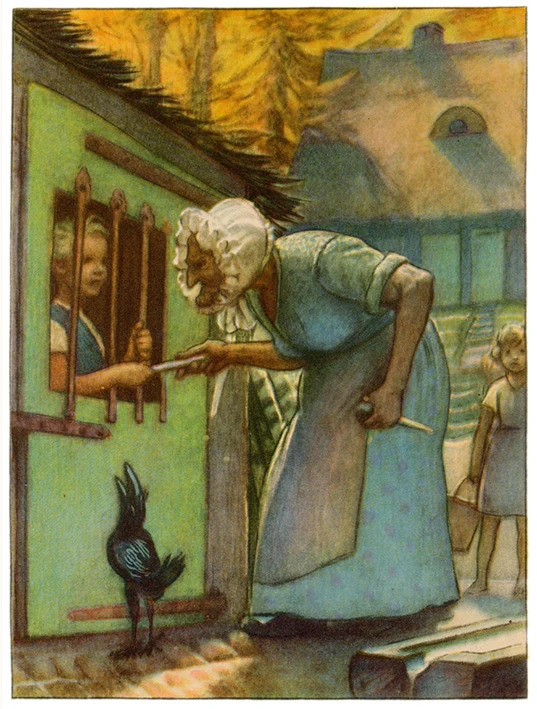
"Hansel and Gretel" is a familial tragedy, like many other fairytales. But the family of Hansel and Gretel is an actually extremely bizarre one. You can see, once you know your folklore and fairytale lore, that despite it being considered a "classic" and a "foundation", this tale is actually a fragmented and pieced-together story that leaves numerous gaps and is much more muddled and confused than its equivalents and predecessors. What I mean by that is that, when you look at the familial relationships in this story, you will discover several remnants of an older and more commonspread familial structure that was erased, and only leaves bizarre analogies in the new set of characters the tale offers.
To be clearer. We know that Hansel and Gretel are siblings, and that they have two parents - the father and the stepmother, formerly mother. The witch is an unrelated character acting as an outside element - or so it seems. The fairytale actually establishes a parallel and a connection between the wicked stepmother and the witch. They are parallel characters, two wicked women that want the death of children, but whereas one wants to throw the kids out of the house to leave them to starve or be devoured by beats, so she can have more food herself, the other imprisons the children in her house and overfeeds them to devour them later. A more direct link is established whenn the children return home, at the end of the tale, and discover that their step-mother is dead.
Some dark and edgy adaptations will have things such as the stepmother being killed by her husband, or killing herself, stuff like that - but by the tale alone, on just reading the words, and the first impression it leaves on a child, is that the stepmother mysteriously dies in unexplained ways right after the children burned the witch in her oven. The fact that the two wicked women end up deceased for the tale to end happily, the fact the stepmother's death is left unexplained while the witch's death is graphic and fully presented, the fact the stepmother's death is announced after the witch was killed... It all leaves the impression that the two were connected, and that by some sort of "parallel magic", killing the witch triggered the stepmother's death.
This is something many adaptations picked up upon, and you find versons where the witch and the mother look a lot alike, or are played by the same person, or are the same being. (One can compare it to Russian variations of the stories of Baba-Yaga, where wicked stepmothers sometimes send their nice stepdaughters a la Vasilisa the Fair, to the Yaga's house claiming the Yaga is their "sister"). All in all this continues the idea that the witch is a perverse take on the mother figure - nourishing and protecting children only to gulp them down into her stomach. Which, by the way, is the very symbolism and essence of ogres: fathers that kill, mothers that eat.

But while this is the most famous of the "perverse family connections" in the tale, there is another people tend to forget: the connection between Gretel and the witch. I talked heavily of the difference of treatment the witch has between Hansel and Gretel in a previous post ("Why was Hansel the meal of the witch?"). People have noted the strange discrepancy of Hansel being the one locked up and fattened up to be eaten, while Gretel became an abused slave. Many modern adaptations played on this element by having the witch planning on not eating Gretel, but making her an apprentice in witchcraft, an heir to her house, and treating her like a daughter/witch in training. After all, she does malnourish her, so she seems not keen on the idea of eating her at first...
But these modern adaptations actually picked up on something deeper and more fascinating. You see, the witch not locking up Gretel and treating her as her slave seems to be a leftover from older variants of the tale, because there is a widespread archetype in fairytales known as "the witch's daughter" or "the ogress' daughter". In many ogress or man-eating witches tales, the antagonist has a daughter that assists her in her chores. Sometimes the daughter will secretely help the protagonist escape and be an ally - but these are quite rare, and most of the time the daughter is the one the witch/ogress charges of killing-cooking the protagonist. Then the protagonist tricks the daughter, kills and cooks her instead of themselves, and serve her to their monstrous mother, who believes she is eating the protagonist, when in fact she devours her own daughter. It is a very typical structure in those tales, found from the Baba Yaga legends to the Kabyle tales of the teryel.
The witch's daughter archetype also exists in fairytales where the witch is not a man-eater, but rather an antagonist that imprisons people, or that imposes impossible tasks - and here, the daughter will be a more benevolent figure that will secretly help the protagonist escape the witch and/or overcome the trials and tasks the mother imposes. In fact, in several of those stories, the protagonist fights for the right to love and marry the witch's daughter.
All in all, the fact that Gretel is treated as a slave and assistant to the witch, that she is to help feeding and fattening her brother, etc, etc, implies that her character in the story of the Grimm is a leftover of the "ogress' daughter" or "witch's daughter" of older stories. As a result it makes even more sense for adaptations to have the witch treat Gretel as some sort of surrogate daughter, and it makes the whole family picture of the German story very messed up. The witch who tries to eat the children might be their mother/step-mother, and Gretel might be the witch's daughter.

Another motif that has been picked up by various adaptatons is the motif of birds. I remember long ago I stumbled upon a fascinating art series depicting the witch as a half-bird half-human creature - unfortunately the pictures are now lost in the vast pit of the Internet. More recently, another artist posted an image of Hansel in his cage, with the witch appearing a large, black bird above the cage, wearing a witch's hat.
All those art pieces reflected a true fact: "Hansel and Gretel" is a bird story. You have the birds that devour the bread crumbs, but also the pretty bird that leads the children to the witch's house, and the ducks that helps them cross the stream in the added ending of the Grimm. Some variations also have Hansel claim, when he keeps looking back at the house, that he is seeing a "pretty bird" instead of a "pretty cat" like in the Grimm's final text. As a result, some people did identify the birds that eat the breadcrumbs and/or the bird that leads the children to the house with the witch. The anime "Grimm's Fairy Tale Classics" notably depicted the pretty bird luring the children to the house as the witch's familiar.
A last note: The idea that the witch's house is made of tons of various candies and sweets was popularized by various modern adaptations and retellings of the story. In the Grimm tale, the house isn't made of candy. It isn't even made of gingerbread as so many people believe! While it is common for people to think of this tale as "the one with the gingerbread house", I don't know where that comes from. In the text of the Grimm, the house is merely made of bread, plain old bread, with sugar for the windows. There are however cakes that are said to cover the house, as ornaments. Maybe people in retellings decided to mix together the "cake"and the "bread" and decided to make it "gingerbread"? I don't know.
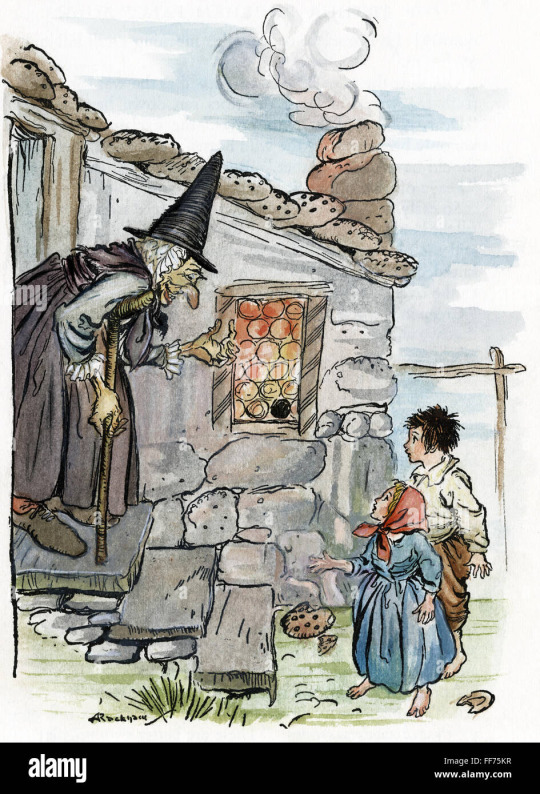
283 notes
·
View notes
Text
I’m tired of hearing people say “Disney’s Cinderella is sanitized. In the original tale, the stepsisters cut off parts of their feet to make the slipper fit and get their eyes pecked out by birds in the end.”
I understand this mistake. I’m sure a lot of people buy copies of the complete Grimm’s Fairy Tales, see their tale of Aschenputtel translated as “Cinderella”, and assume what they’re reading is the “original” version of the tale. Or else they see Into the Woods and make the same assumption, because Sondheim and Lapine chose to base their Cinderella plot line on the Grimms’ Aschenputtel instead of on the more familiar version. It’s an understandable mistake. But I’m still tired of seeing it.
The Brothers Grimm didn’t originate the story of Cinderella. Their version, where there is no fairy godmother, the heroine gets her elegant clothes from a tree on her mother’s grave, and where yes, the stepsisters do cut off parts of their feet and get their eyes pecked out in the end, is not the “original.” Nor did Disney create the familiar version with the fairy godmother, the pumpkin coach, and the lack of any foot-cutting or eye-pecking.
If you really want the “original” version of the story, you’d have to go back to the 1st century Greco-Egyptian legend of Rhodopis. That tale is just this: “A Greek courtesan is bathing one day, when an eagle snatches up her sandal and carries it to the Pharaoh of Egypt. The Pharaoh searches for the owner of the sandal, finds her and makes her his queen.”
Or, if you want the first version of the entire plot, with a stepdaughter reduced to servitude by her stepmother, a special event that she’s forbidden to attend, fine clothes and shoes given to her by magic so she can attend, and her royal future husband finding her shoe after she loses it while running away, then it’s the Chinese tale of Ye Xian you’re looking for. In that version, she gets her clothes from the bones of a fish that was her only friend until her stepmother caught it and ate it.
But if you want the Cinderella story that Disney’s film was directly based on, then the version you want is the version by the French author Charles Perrault. His Cendrillon is the Cinderella story that became the best known in the Western world. His version features the fairy godmother, the pumpkin turned into a coach, mice into horses, etc, and no blood or grisly punishments for anyone. It was published in 1697. The Brothers Grimm’s Aschenputtel, with the tree on the grave, the foot-cutting, etc. was first published in 1812.
The Grimms’ grisly-edged version might feel older and more primitive while Perrault’s pretty version feels like a sanitized retelling, but such isn’t the case. They’re just two different countries’ variations on the tale, French and German, and Perrault’s is older. Nor is the Disney film sanitized. It’s based on Perrault.
#most classic fairy tales have multiple versions across different cultures#its fascinating to see how many ways one story can be told#cinderella#fairy tales
99K notes
·
View notes
Text
I love it when people take fic writing seriously. I love when it's not 'Here's this dumb thing I wrote' and instead it's 'Here's this thing I put blood, sweat and tears into. Here's this thing I slaved away at, trying new writing techniques and editing over and over. Here's this dialogue that kept me awake at night. Here's this beautiful turn of phrase I thought up. Here's this thing that I wrote with vulnerability and heart, and I am proud to share it with you.'
19K notes
·
View notes
Text
The Four Sacred Artistic Motives:
-what if this bad thing was good instead
-how about Make-Believe Land can have whatever I want
-would that be fucked up or what
-I think that shit's hot
79K notes
·
View notes
Photo

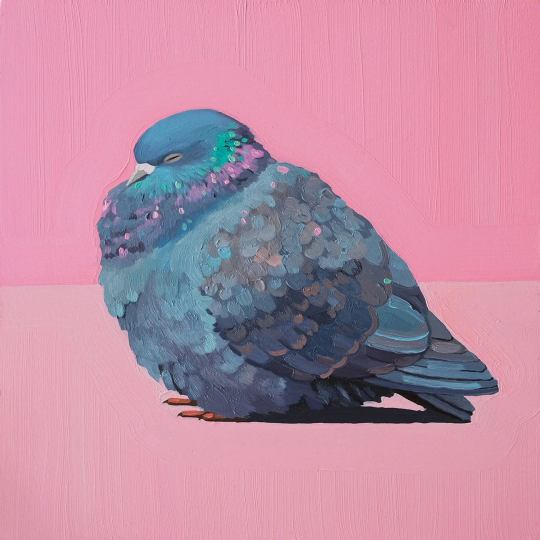
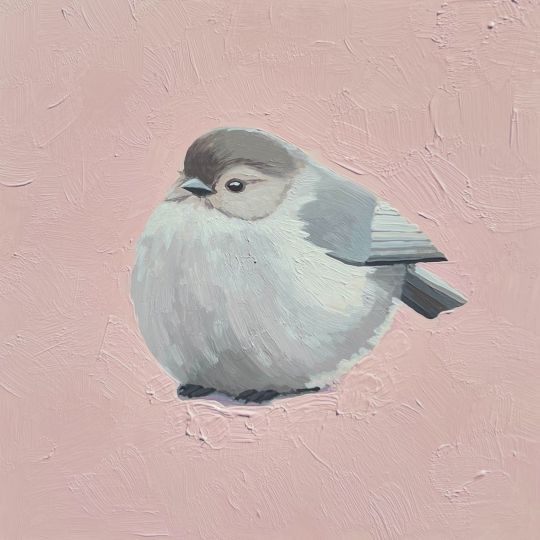


Art by Leah Gardner
64K notes
·
View notes
Photo

バラと猫
2K notes
·
View notes
Text
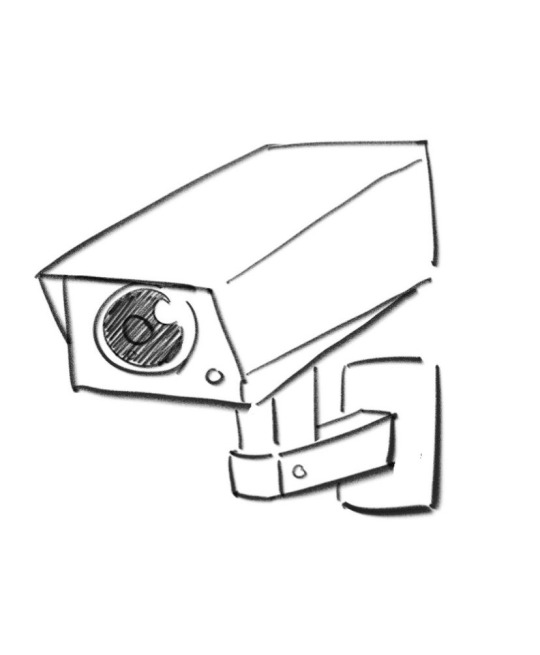
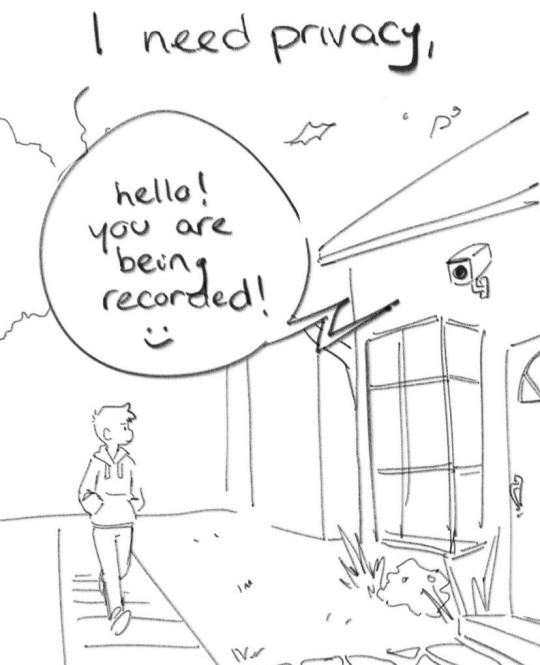


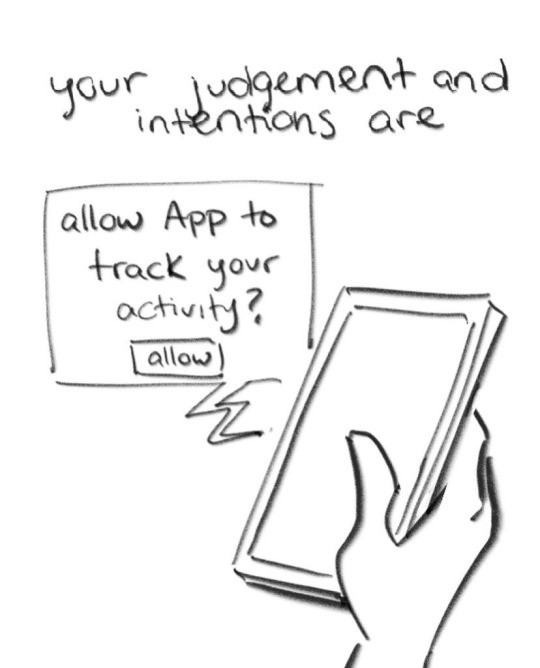
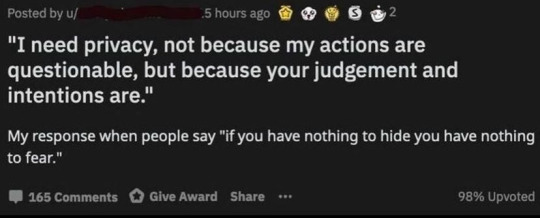
little thingy from the other week, stuff on my mind
51K notes
·
View notes
Text

Olsany Cemetery.
Prague, Czechia
February 2023
17 notes
·
View notes
Text
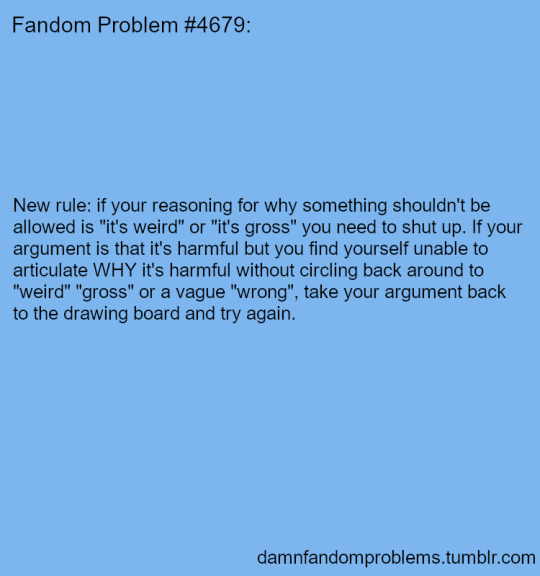
Fandom Problem #4679:
New rule: if your reasoning for why something shouldn't be allowed is "it's weird" or "it's gross" you need to shut up. If your argument is that it's harmful but you find yourself unable to articulate WHY it's harmful without circling back around to "weird" "gross" or a vague "wrong", take your argument back to the drawing board and try again.
507 notes
·
View notes
Text
those posts criticizing common writing patterns in fanfiction are so fucking harmful and they ruined me
so like yknow what??? People tell you to avoid “smirk” and “chuckle” as descriptors because no one does those things (???) but then when I need to use those words I have a ten minute crisis about how I’m a shitty writer. So heres my unwarranted writing advice: If you want your characters to smirk and chuckle fucking let them and don’t let anyone tell you that no one smirks or chuckles because I do both on a daily basis whenever I tell a shitty pun, bye
132K notes
·
View notes
Text
Fandom PSAs

Dont’ Like, Don’t Read
or DL; DR
You are responsible for curating your own online experience.
If something upsets you, makes you angry or queasy or triggers you, stop reading/looking at it. Avoid things that might make you feel that way.
Learn to use the Sort and Filter function on AO3, especially the Exclude tools.
On social media, block and mute accounts / tags / words when necessary.
If you hated something, you don’t need to tell that to the creator or start pointing fingers at them publicly.
The Back button is free. Use it.

Addendum:
Yes, for this to work, creators need to tag their works accordingly, so that people know what sort of content they are about to engage with and can nope out if necessary.
I will probably make another PSA about the importance of proper tagging later.

Ship And Let Ship
or SALS
You are allowed to ship whatever you want.
Everyone else is also allowed to ship whatever they want.
You are entitled to dislike or even hate a ship. If you want to do this online, in public, don’t use the ship tags for hate posts.
If you see someone posting about a ship they like and you don’t, there is no need for you to start arguing with them in their replies / comments / QRTs / reblogs. Don’t throw your hate in their face.
Do not harass fan creators or fans for shipping something you disapprove.
All of this also applies to liking / disliking an individual character.
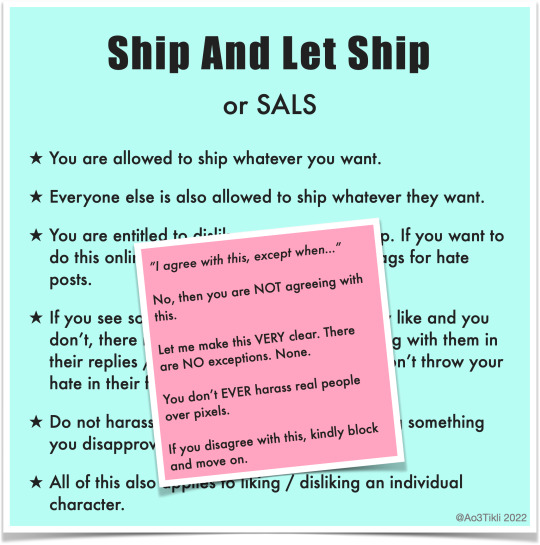
Addendum:
”I agree with this, except when…”
No, then you are NOT agreeing with this.
Let me make this VERY clear. There are NO exceptions. None.
You don’t EVER harass real people over pixels.
If you disagree with this, kindly block and move on.

Your Kink Is Not My Kink
or YKINMK / YKINMKATO
The longer version is ”Your Kink Is Not My Kink And That’s Okay”.
People have different tastes. Not everything is for everybody.
Even if you don’t like a specific kink, other people are still allowed to use it in their creations.
You are entitled to dislike kinky content and think that it’s ”weird”.
Don’t kink shame or judge people based on their kinks.
This goes both ways: your kink is not someone else’s kink, so don’t push it onto those who are not into it.

Be Kind
or Don’t Be An Asshole
Focus on the things you like instead of the things you hate.
Create and unite instead of destroying and dividing.
Don’t harass real people over fictional things.
Stop stirring up petty drama just to get some attention on social media.
Stop trying to ”win”. Fandom is not a competition.
Remember that your own experiences aren’t universally shared. Your perception of things can differ from someone else’s, but that doesn’t mean either of you is necessarily wrong.
36K notes
·
View notes
Text
Welcome to fandom discourse ! The translators clearly meant ‘brothers’ to mean two men who have a close platonic bond not people who are literally related but some people need something to argue about so people are arguing if shipping two unrelated characters is incest or not
#fandom wank#when you think about it 90% of discourse of eastern media are caused by people engaging with it on western lens#completelly ignoring the original cultural context
200 notes
·
View notes
Text
Thesis: the rise of fanwank and anti culture correlates directly with diminished understanding of what “romantic”, in a literary sense, actually means.
It doesn’t mean “this is ideal or healthy or even realistic”. It means “this is beautiful, this is tragic, this is grotesque, this stirs emotion”, even if it’s not, as @starryroom puts it, something you would be comfortable seeing play out in front of you at Taco Bell. It’s about grandiosity and mythology and heroism writ large. It’s about playing with the id, as beautiful and terrible as it can be.
89K notes
·
View notes
Text

1M notes
·
View notes